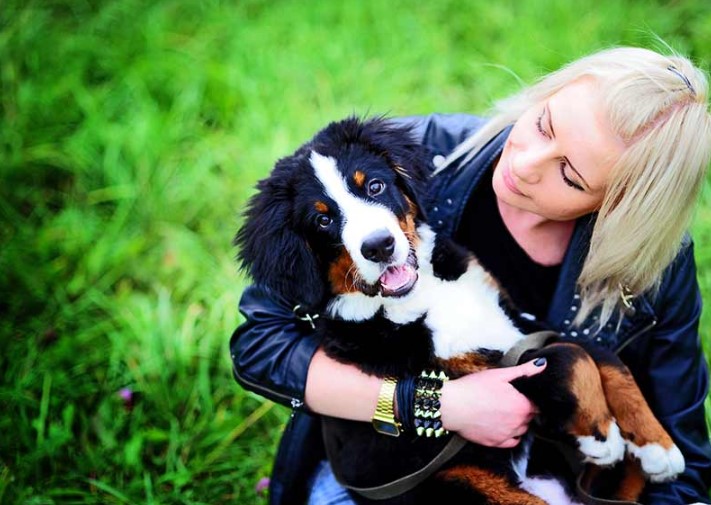Today’s veterinarian shortage: How it could affect your dog or cat
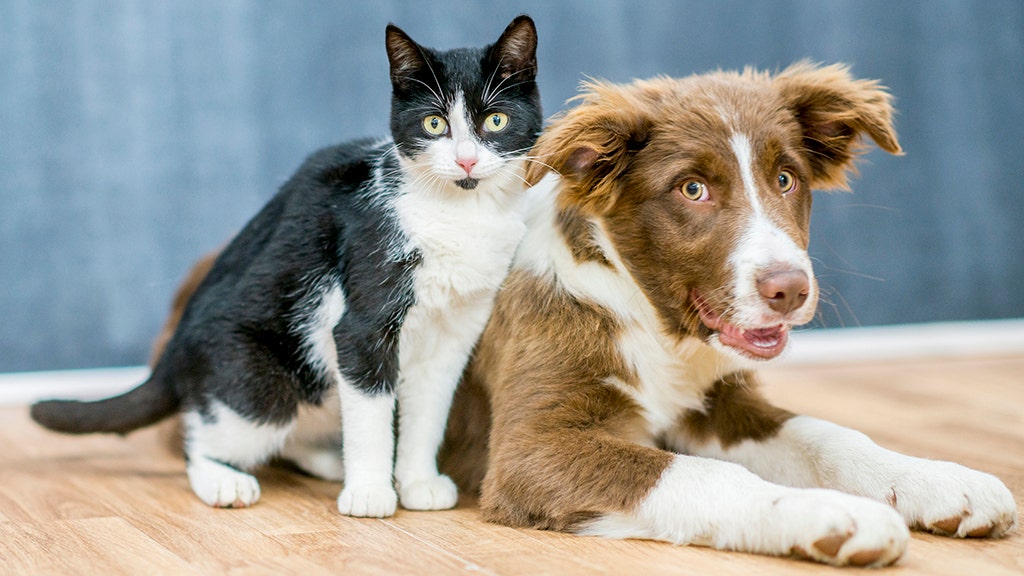
NEWYou can now listen to Fox News articles!
Veterinarians across the country are feeling burned out today — potentially affecting you and your pet as you face longer-than-usual wait times for vet appointments, plus other issues.
Even before today’s pet adoption boom (which was brought about by the coronavirus pandemic), animal health care providers had been facing workplace stress.
The veterinary worker shortage has persisted so long that some animal clinics have had to close their doors.
“There has been a large influx of pets, even prior to the pandemic, while class sizes to create veterinarians and vet nurses have stayed the same,” Oregon-based Dr. Cherice Roth, chief veterinary officer at Fuzzy, The Pet Parent Company, revealed to Fox News Digital in an interview this week.
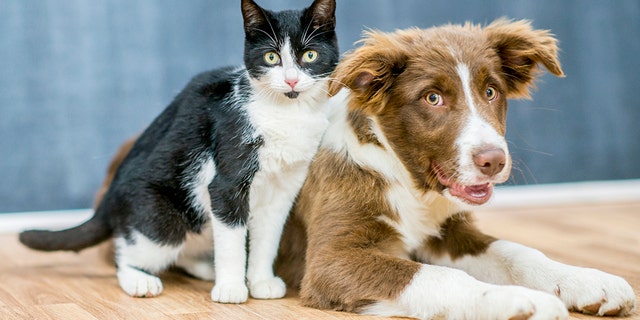
When we take our beloved pets to the vet, we may not realize the high-stress environment our veterinarians are facing. Today, there are more pets to treat and fewer pros to do it, among other factors, Fox News Digital discovered.
(iStock)
“We have also seen more [pet] patients to treat, all while having more people than ever leave the industry without the ability to replace them,” she continued.
Reasons that veterinarians are fleeing the profession “range from high debt-to-income ratio to student loan burden to emotional blackmail,” she said.

Fox News Digital spoke with Dr. Cherice Roth, a chief veterinary officer at Fuzzy – The Pet Parent Company; she shared some of the reasons that veterinarians have been leaving the profession.
(Photo courtesy Dr. Cherice Roth)
Here’s why this matters: Seventy percent of U.S. households, or about 90.5 million families, own a pet today, according to the 2021-2022 National Pet Owners Survey conducted by the American Pet Products Association (APPA).
This is up from 56 percent of U.S. households in 1988 — the first year the survey was conducted — and 67 percent back in 2019.
![During the COVID pandemic, many working veterinarians with children had to stay home while their kids' remote learning was in effect — resulting in a "smaller workforce in [animal] clinics," one professional explained.](https://a57.foxnews.com/static.foxnews.com/foxnews.com/content/uploads/2021/03/640/320/iStock-515602944.jpg?ve=1&tl=1)
During the COVID pandemic, many working veterinarians with children had to stay home while their kids’ remote learning was in effect — resulting in a “smaller workforce in [animal] clinics,” one professional explained.
(iStock)
Why veterinarians are burning out
The American Society for the Prevention of Cruelty to Animals (ASPCA) estimates that “close to one in five households” welcomed a dog or cat at the start of the COVID-19 pandemic.
That accounted for “approximately 23 million American households,” according to 2019 U.S. Census data the ASPCA sourced.
BACK TO WORK: WHAT TO DO WITH YOUR PANDEMIC PUPPY?
“This pet boom across the U.S. led to significantly higher demand for veterinary care while the number of veterinarians and technicians didn’t grow to absorb that demand,” Rakesh Tondon, co-founder and CEO of Dr. Treat, a San Francisco-based pet health and wellness startup, told Fox News Digital.
“Most veterinary emergency hospitals routinely have a two- to four-hour wait time to be seen.”
“As a result of this increased demand, the teams at clinics are significantly overworked,” Tondon added.
He also said the pandemic put “emotional and physical pressure” on veterinarian teams. Many working vets with children had to stay home while their kids’ remote learning was in effect, resulting in a “smaller workforce in clinics.”

Rakesh Tondon is co-founder and CEO at Dr. Treat, a pet health and wellness startup in San Francisco. He described the “emotional and physical pressure” on veterinarian teams today.
(Photo courtesy Rakesh Tondon)
The veterinary worker shortage has persisted so long that some animal clinics have had to close their doors, according to Thomas Dock, director of communications and public information officer at Noah’s Animal Hospitals, an Indiana-based vet clinic network.
PET SHELTERS SEE ADOPTION SLOWDOWN AFTER PANDEMIC DEMAND, HERE’S WHY
“This has pushed care onto other veterinary hospitals and even to animal emergency clinics,” Dock told Fox News Digital.

Thomas Dock is a director of communications and public information officer at Noah’s Animal Hospitals in Indiana. He noted recent wait times of two to three months for some veterinary appointments.
(Thomas Dock, CVJ)
Wait times of two to three months for appointments at general practices were not uncommon, he said.
“And most veterinary emergency hospitals routinely have a two- to four-hour wait time to be seen,” he added.
What many pet owners are doing wrong
Roth — of Fuzzy, The Pet Parent Company — said that new pet owners make up a good number of veterinary visits, often because they’re making errors in pet care.

We may love our sweet, fuzzy, adorable critters — but are we making some of the most common mistakes committed by new pet parents? Read on!
(AP Photo/Andreea Alexandru, Mediafax)
“Common pet parent mistakes” include “inappropriate feeding, toxicity from common human medications into the pet, or preventable illness like flea allergy dermatitis or pyometras,” Roth said. (The latter is a reproductive infection common among older, unspayed female dogs.)
Dr. Felicity Moffatt, lead veterinarian at Dr. Treat in San Francisco, told Fox News Digital that veterinarians and technicians are feeling pressure from the rising costs associated with veterinary care.

Dr. Felicity Moffatt, lead veterinarian at Dr. Treat, a pet health and wellness startup in San Francisco, said many clinics have cut their hours.
(Photo courtesy Felicity Moffatt)
“Veterinarians and their teams hear the anxiety and stress from clients who have been waiting for an extended period due to overwhelmed practices,” she said. “Or [clients] do not understand the cost of veterinary services and the subsequent need for veterinary insurance.”
She added, “Many clinics have had to cut [their] hours due to a lack of technicians or veterinarians.”
KEEPING YOUR DOG’S HEART HEALTHY: WHAT TO KNOW
“This creates a situation where veterinary staff have to turn away sick pets,” she said, “which goes against everything we believe in, and results in pets not having access to the care they need.”
What vets wished pet owners knew (surprise!)
As helpful as it is to know what’s causing burnout today among veterinarians, animal clinics want pet owners to be aware of several considerations before they make the trip to the office.
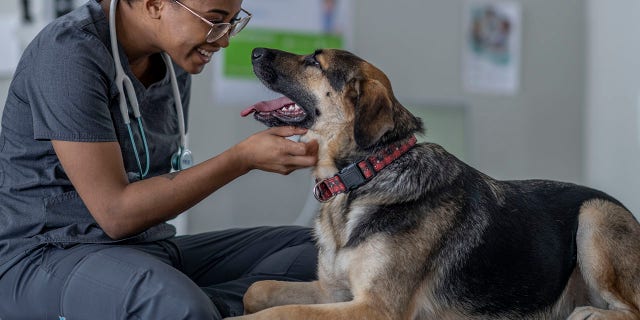
Pet parents should check their local veterinarian’s or clinic’s website for information before making an office appointment, one veterinarian advised; often, the answers to common questions are in plain sight.
(iStock)
“Pet owners are asked to be patient and understand that, like many business types, veterinarians are facing staffing shortages and may not be able to see your pet as quickly as they have in the past,” said Dock of Noah’s Animal Hospitals.
“Understand that emergency animal hospitals run like human ERs — and that the most critical cases are seen first, regardless of who got to the hospital first.”
“Emergency animal hospitals run like human ERs … The most critical cases are seen first.”
Dr. Roth recommends that before making an appointment, pet owners check the resources that animal care providers feature on their websites to see if there are answers to common questions.

The American Veterinary Medical Association estimates the number of veterinary practices in the U.S. at anywhere from 28,000 to 32,000 practices. COVID-19 shutdowns, however, may have changed these numbers.
(iStock)
“Often, there is an over-the-counter option to help take care of the issue,” she also said.
“If a vet visit is required, we’re able to steer you in the right direction as to what that appointment should look like, as far as diagnostics and even potential therapies to ask for,” Roth added.
Why these pet appointment tips make sense
Pete Wedderburn — AKA Pete the Vet, a veterinary columnist at The Telegraph (U.K.) — shared three key tips for pet owners who wish to have a smoother-sailing pet appointment.
1. Ask how long your pet’s appointment will be. Veterinarians tend to feel less stressed when an appointment is scheduled with a longer time slot, Wedderburn noted.

Pete Wedderburn is a veterinarian and veterinary columnist at The Telegraph. He advises — among other points — that clients take out pet insurance.
(Photo courtesy Pete Wedderburn)
2. Take out pet insurance. Purchasing pet insurance before a scheduled appointment will likely ease the “financial stress” that both pet owners and veterinarians feel at the checkout counter, Wedderburn said.
3. Try a kinder, gentler approach toward your vet. Clients who are “unreasonable, angry or just plain mean” to their veterinarians are a huge stressor. It’s why Wedderburn recommends that pet owners remain cordial with vets during face-to-face interactions and on social media as well.
In other words — be kind to your vet, not just to your pet.
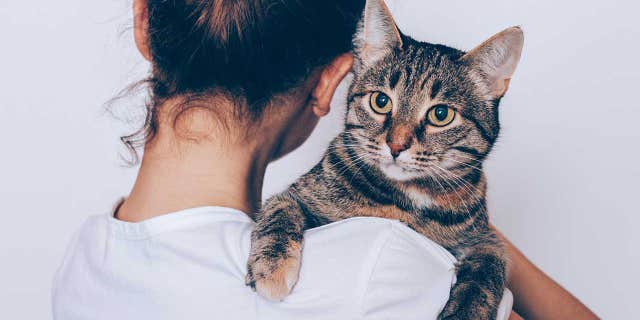
We love our pets, there’s no question. We might also remember to show a little more kindness toward our vets as well, advised an industry professional.
(iStock)
Why we can’t ignore veterinarian burnout
Tondon of San Francisco’s Dr. Treat said that industry burnout led many vets to leave the animal care workforce altogether.
That fact has made it “even harder” for pet owners to find veterinary care — even during emergencies.
7 IN 10 PET OWNERS SAY THEY WOULDN’T HAVE ‘SURVIVED’ 2020 WITHOUT THEIR ANIMAL COMPANION
“Some studies show that by 2030, tens of millions of pets may not be able to get care because of the shortage of veterinarians across the U.S.,” he added.
How pet owners can help
Roth said that “pet parents should be concerned” about today’s veterinarian burnout.

Pet parents can “get involved and advocate for veterinary professionals as well as their pets,” said Dr. Cherice Roth at Fuzzy, The Pet Company.
“This is an amazing opportunity for pet parents to get involved and advocate for veterinary professionals as well as their pets,” she said.
“[You can] ask your regulators and legislators to move toward broader allowance of telemedicine for pets,” she advised.
CLICK HERE TO GET THE FOX NEWS APP
Wedderburn, for his part, said pet owners can help to “counter the negativity that often brings vets down” by saying “thank you” to a veterinarian once an appointment has concluded.
Then, once back home, consider posting a positive review online for the veterinarian or clinic.








